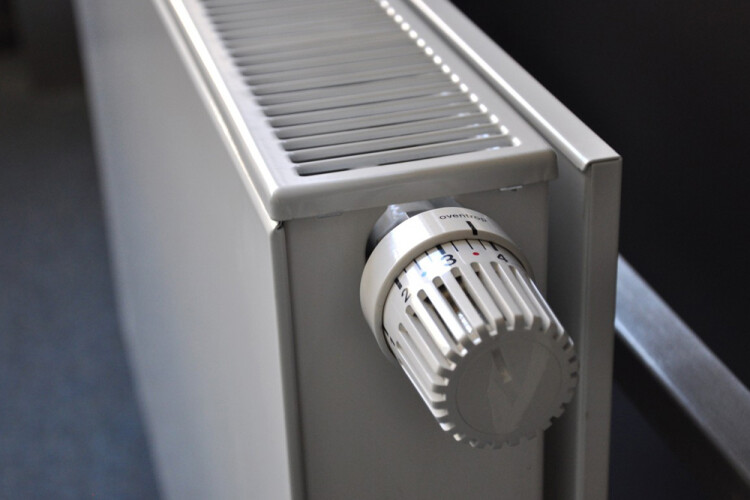The Chartered Institution of Building Services Engineers (CIBSE) welcomed the bits that were in line with its own recommendations but has expressed concerns about a number of the proposals.
Last week the Ministry of Housing published its response to the 2019 consultation on the Future Homes Standard, which sought views on changes to Part L and Part F of the Building Regulations to improve the energy performance of new homes.[See previous report: Future Homes Standard sets new targets for green building.]
The Future Homes Standard sets out how the government plans to improve the energy performance of new homes by 2025 with low-carbon heating and improved levels of energy efficiency.
The 2019-20 consultation was on changes to Part L (conservation of fuel and power) and Part F (ventilation) of the Building Regulations for new dwellings as the first step in achieving the Future Homes Standards and on the Future Homes Standard itself.
Changes that meet with CIBS approval include:
- retaining the right for local authorities to set energy and carbon standards that go beyond Building Regulations;
- retaining a fabric efficiency standard to promote a fabric first approach to compliance with Part L
- accelerating the development of the Future Homes Standard, now set for draft publication in 2023, to encourage early adoption by market leaders and local authorities
- changing the method for assessing the contribution of district heat networks to ensure a fairer comparison of their carbon impact compared to other heating options.
But CIBSE said that it had concerns about a number of proposals contained in the response.

It said that the proposed airtightness standard of 5m3/hr at 50Pa “lacks ambition” and is “far from being a world class level of energy efficiency”.
CIBSE said: “This will hold back the development of supply chains for mechanical ventilation units with heat recovery (MVHR,) which would deliver energy savings and good indoor air quality.”
It said that the continued use of a notional dwelling to set compliance targets prevented verification of energy in use and does not drive passive design. CIBSE advocates what it calls more effective and trackable targets such as Energy Use Intensity and carbon emissions per square metre per year.
CIBSE also says that the use of primary energy consumption as a metric should be replaced by energy use to enable comparisons between buildings, create a closer link with real life performance and enable energy use to be tracked over time.
Finally, like several other organisations, CIBSE expressed concern about the lack of proposed measures here to help improved the energy efficiency of the existing building stock.
Got a story? Email news@theconstructionindex.co.uk
.png)


